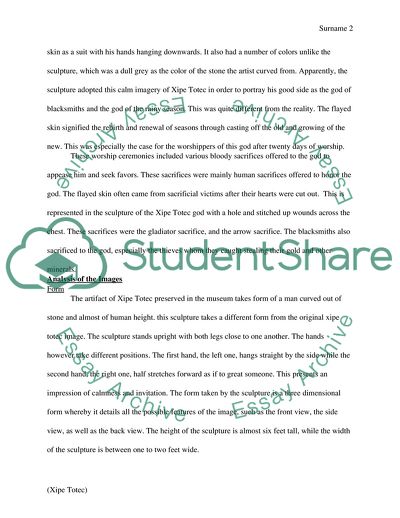Cite this document
(Xipe Totec Artifact Study Case Example | Topics and Well Written Essays - 1500 words, n.d.)
Xipe Totec Artifact Study Case Example | Topics and Well Written Essays - 1500 words. https://studentshare.org/culture/1834650-xipe-totec
Xipe Totec Artifact Study Case Example | Topics and Well Written Essays - 1500 words. https://studentshare.org/culture/1834650-xipe-totec
(Xipe Totec Artifact Study Case Example | Topics and Well Written Essays - 1500 Words)
Xipe Totec Artifact Study Case Example | Topics and Well Written Essays - 1500 Words. https://studentshare.org/culture/1834650-xipe-totec.
Xipe Totec Artifact Study Case Example | Topics and Well Written Essays - 1500 Words. https://studentshare.org/culture/1834650-xipe-totec.
“Xipe Totec Artifact Study Case Example | Topics and Well Written Essays - 1500 Words”. https://studentshare.org/culture/1834650-xipe-totec.


